Scenes from the 2022 East Hampton House & Garden Tour and Cocktail Party
 Photos in this feature by Rossa Cole Benefiting the East Hampton Historical Society
Photos in this feature by Rossa Cole Benefiting the East Hampton Historical Society
A kick-off Cocktail Party was recently held on November 25th, to welcome in the highly anticipated 2022 East Hampton House & Garden Tour. This annual event, now in its 37th year, was held at the historic Maidstone Club, ringing in the East End holiday season in style!
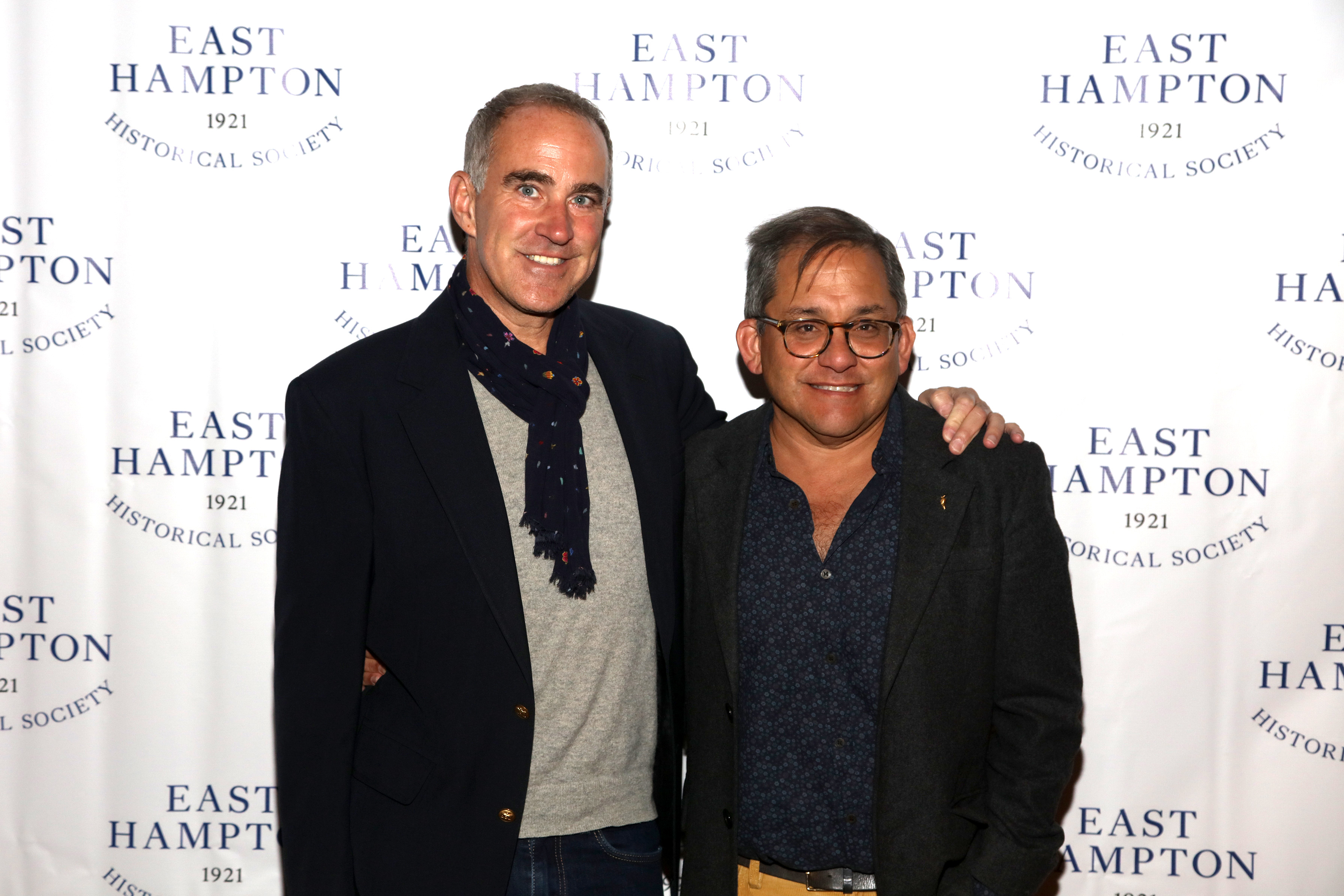
The Cocktail Party was well attended by history buffs, local dignitaries, architects, interior designers, home enthusiasts, and design aficionados. Distinguished guests included: Media Sponsor HC&G’s Kendell Cronstrom and Alejandro Saralegui (pictured above), Alan Patricof, Howard Williams & Eric Gunhus, Dianne Benson & Lys A. Marigold, Interior Designers Tom Samet & Nathan Wold, and Barbara Ostrom, East Hampton Historical Society Executive Director Stephen Long, members of the Board of Trustees, including President Michael Clifford, Vice President Hilary Osborn Malecki, Treasurer Arthur “Tiger” Graham, House & Garden Tour Committee Chairs Joseph Aversano, James Blauvelt, and Dale Ellen Leff, and Committee members including Annette Cumming, Leah & Alain Lebec, Jan Willem Bergen Henegouwen, Mary Jane & Charles Brock, Coco Shean, among others.
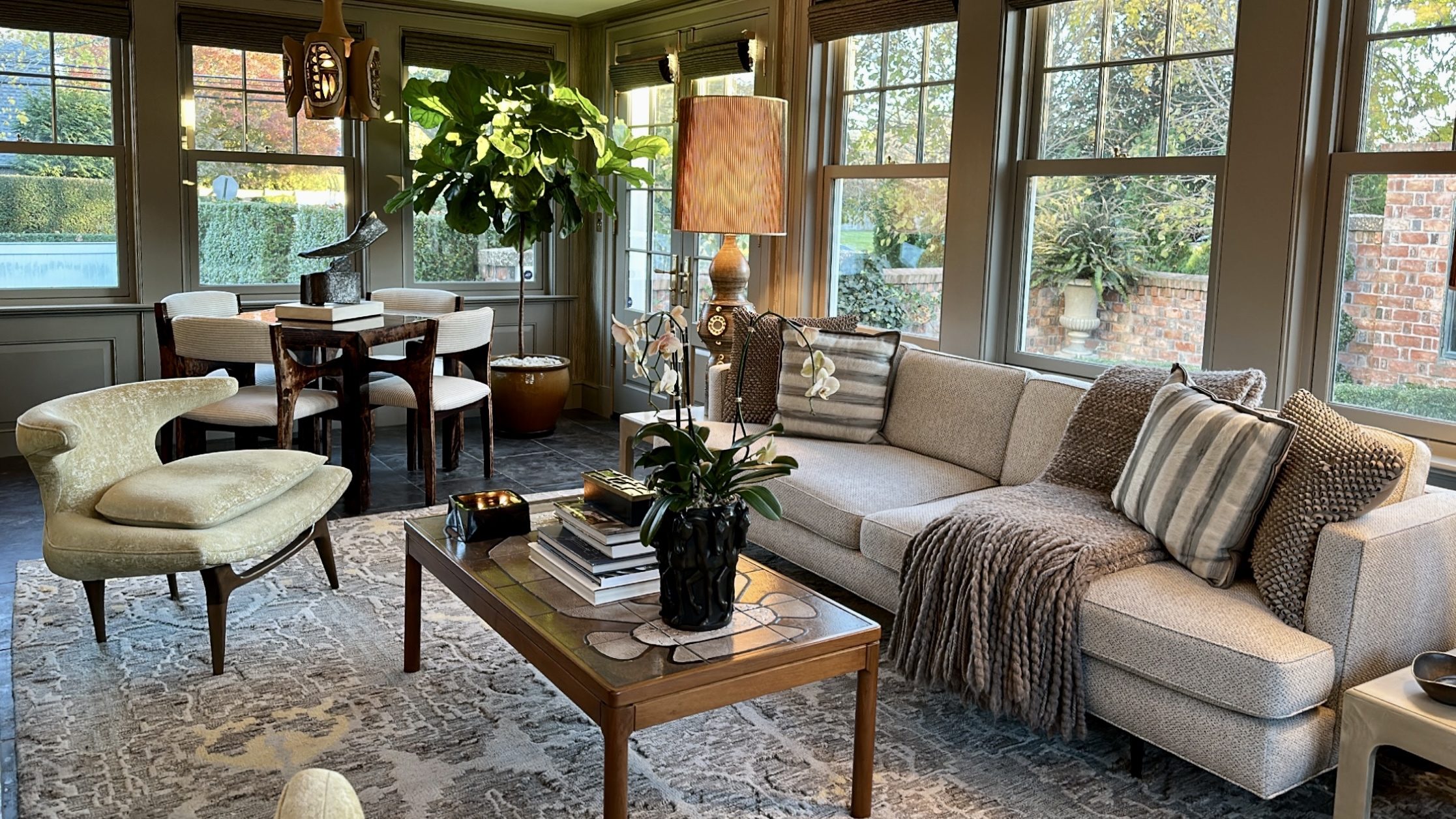

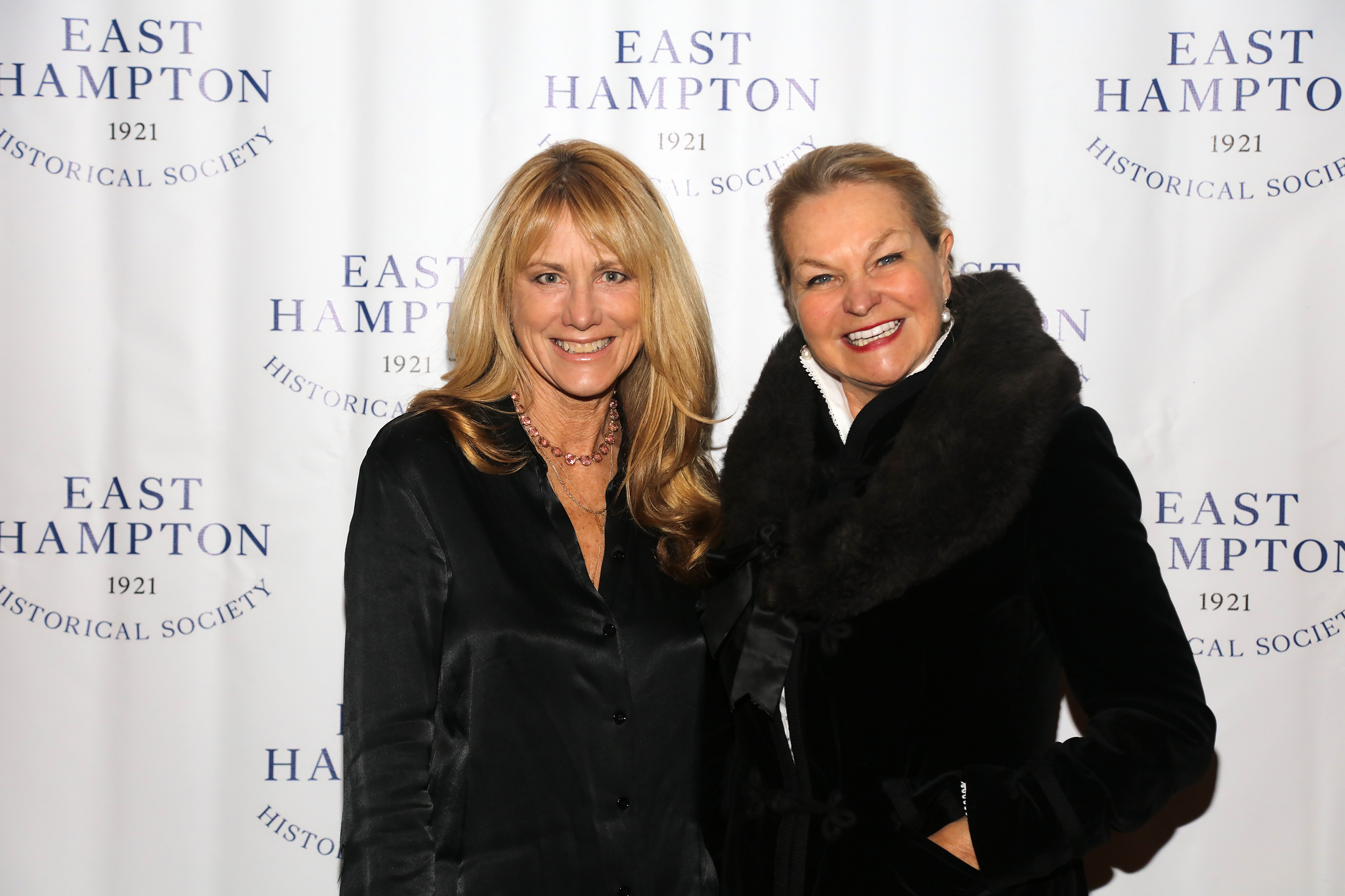
The following day, the East Hampton Historical Society hosted the 2022 House & Garden Tour, showcasing some of the finest examples of architecture in the East End. Explore Five Spectacular East Hampton Properties Spanning Five Centuries, this year’s tour – comprised of five distinguished homes & gardens – offered a one-time-only glimpse inside some of East Hampton’s most storied residences. With over 800 attendees, the East Hampton House & Garden Tour enjoyed the biggest attendance in their 37-year history.
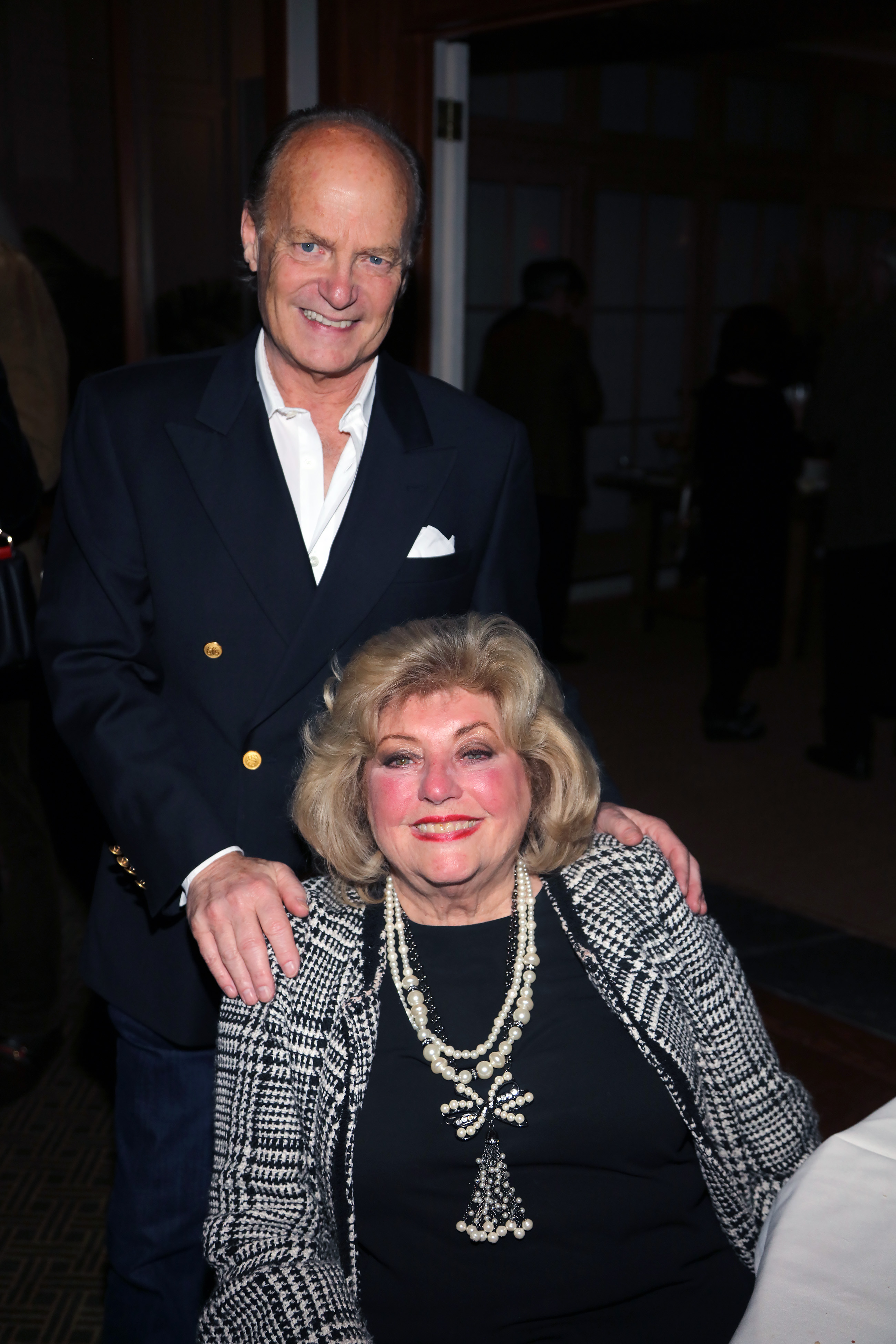

“The House & Garden Tour is one of our most important fundraisers,” said Event Chairman Joseph Aversano, “and all proceeds will support the East Hampton Historical Society’s museums and vital educational programming for hundreds of students each month.”
 This year’s tour — consisted of five distinguished houses spanning five centuries. The East Hampton Historical Society’s House Tour Committee creatively selected houses that express the unique spirit of living on the East End. From the 17th Century to the present day, the society’s annual House Tour offers a one-time-only glimpse inside some of our town’s most storied residences. Drenched in history, pedigree, and local lure, this year’s tour inspired delight and appreciation for the stewardship of some of our most charmed properties, below.
This year’s tour — consisted of five distinguished houses spanning five centuries. The East Hampton Historical Society’s House Tour Committee creatively selected houses that express the unique spirit of living on the East End. From the 17th Century to the present day, the society’s annual House Tour offers a one-time-only glimpse inside some of our town’s most storied residences. Drenched in history, pedigree, and local lure, this year’s tour inspired delight and appreciation for the stewardship of some of our most charmed properties, below.


THE WHITE HOUSE
18th Century Village Landmark
East Hampton’s “White House”, which dates to 1724, is one of the East Hampton’s most recognizable properties. Standing at the gateway to the village, this historic mansion was completely renovated in 1992 by the late developer Fred Mengoni in the grand American style. Although it was barely ever lived in, it was always meticulously maintained right down to its window boxes holding red geraniums each summer and white Christmas lights for the holidays. The 7,615-square-foot home — which was moved back from the road in 1906 — is the first house motorists see as they enter the East Hampton Village, making it a welcoming landmark. After an estate sale in December 2020, the White House found new owners who understand the concept of simple luxury. Pared down to its exquisite bones, this year’s tour offers a very rare look inside East Hampton’s most beloved White House.


GREYCROFT
19th Century Masterpiece
Greycroft — its very name conjures up the grand country homes of British literature — was designed in 1893 by architect Isaac Henry Green who introduced the Shingle Style to East Hampton’s summer colony. Completed by 1894 for a prestigious couple, Lorenzo Guernsey and Emma Woodhouse, Green’s signature features — gambrel-roof, delicate fan windows, stairwells with multiple turns, paneled wainscoting, and a boxed beam ceiling — are evident throughout. Undoubtably the most famous aspect of the property is the legacy left by Emma Woodhouse, who worked tirelessly to transform four swampy acres southeast of the house into the first private Japanese garden in America. After her death in 1908, the gardens, initially kept open to the public, were passed on to her niece, Mary Woodland, who among many things founded the East Hampton Garden Club. The club eventually passed the exotic Water Garden on to the Village, becoming the heart of today’s 24-acre Nature Trail. If gardens could talk, the grounds of Greycroft would tell a century long story of stewardship and preservation! Greycroft returned to being a single-family residence again in 1946 and underwent a major renovation in 1980-1 by Robert A.M. Stern for its present owner, Alan Patricof, with interiors by neighbor Tony Ingrao. The East Hampton House & Garden tour invites reflective appreciation for this 19th Century masterpiece.

CENTER-HALL COLONIAL
20th Century Centerpiece
Owners of the 1919 center-hall colonial in East Hampton set out to revive their home with aligned harmony and orchestrated vision. One, the proprietor of a Manhattan gallery specializing in the best of 20th-century furniture, lighting, and accessories, and the other, a renowned creative event planner, both wanted to reflect the passions they have for their businesses in a carefully collected yet comfortable environment to entertain while maintaining the integrity of the original property. Through thoughtful design and collaboration, this 1919 center-hall centerpiece was updated to the 21st century while keeping the historical integrity of the house intact.


Vintage detail throughout meets modern convenience in spaces that are perfect for frequent, intimate gatherings. A running theme nods to the ocean with a decided “un-beach house” feel from the Silas Seandel “wave” dining table, or a Christian Astuguevieille chair inspired by the natural undulation of shells, to a 1907 Louis Comfort Tiffany-stained glass window in marine blue floating above the pool house. Furniture, rugs, wallcoverings, upholstery, and art frequently evoke the sea in this Colonial Revival getaway that is at once organic yet glamorous, moody while inviting.

ISAAC W. MILLER HOUSE
17th Century, AKA “Third House”
One of the best remaining examples of a slant-roof saltbox still exists on Main Street, thanks to the owner’s labor of love to preserve a perfect example of early East End life. Local lure surrounds the origins of this colonial treasure. One source attributed the house to Lion Gardiner, who presented it to his daughter Mary upon her marriage in 1658. Historically, it is called the Isaac W. Miller house, after its owner from the late 19th century, who purchased it from the Hedges family. Fast-forward to 1929, when society architect Aymar Embury II — who designed not only the Arts-and-Craft-style East Hampton Library (1910), but was also working with Robert Moses on the Central Park Zoo and Triborough Bridge — dubbed his property “Third House” for three reasons: 1) it sits third from the corner. 2) Embury believed it to be the third house ever built in East Hampton. 3) It was the third house that he personally owned.
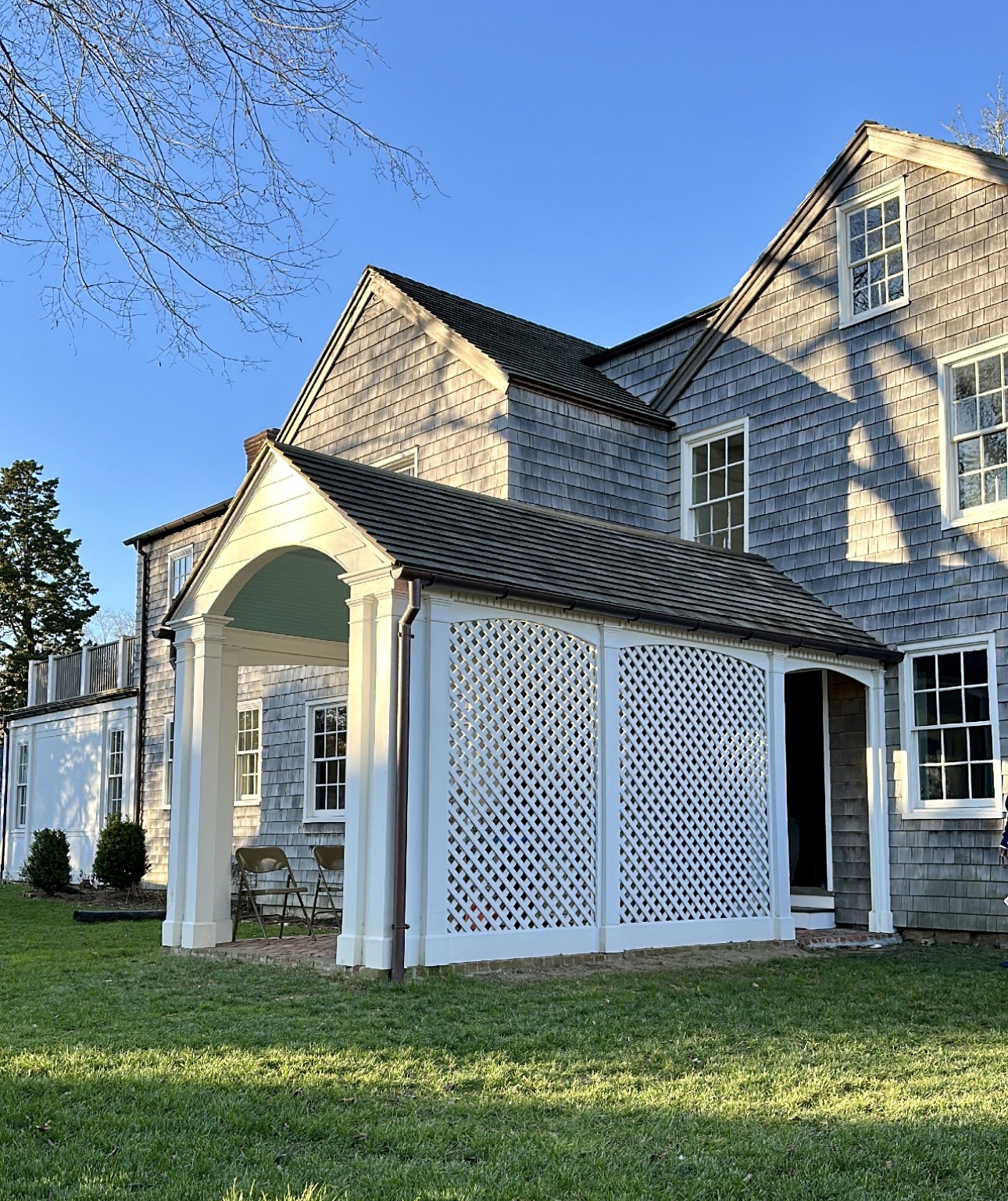
In this present-day remodeling, the house does not try to be an immersive experience, a living museum, or a stage-set of colonialism. It has been made livable for the 21st century with a partial demolition and the addition of a family room, larger kitchen and up-to-date appliances. That is what good stewardship is all about — updating its conveniences, while honoring the exquisite details of its bare (and rare) colonial past.
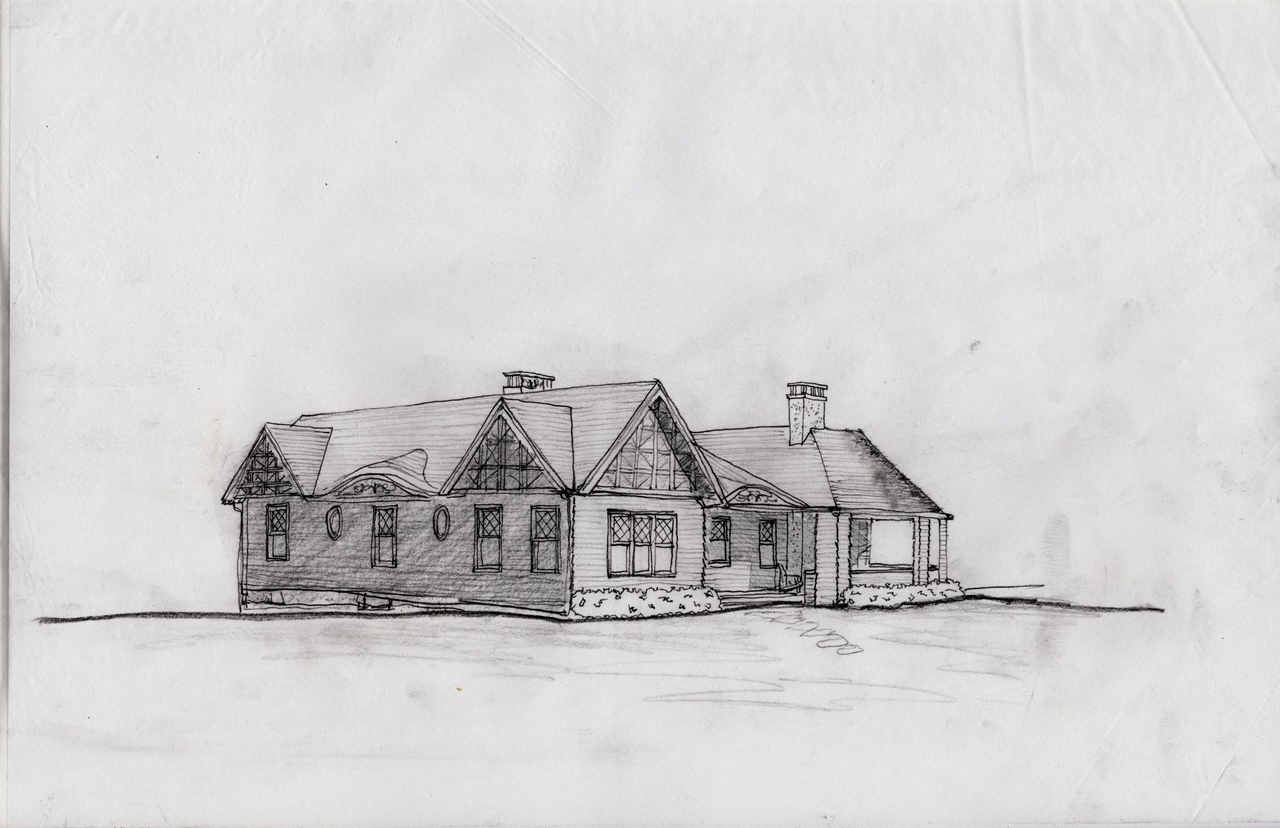
NEW JEWEL ON THE CROSSWAYS
21ST Century
The newest house on the 2022 East Hampton House & Garden Tour was developed as a shingle style guest house adjacent to other family residences of the owner. “Shingle Style” homes began to emerge in the late 1800 and is a uniquely American adaptation of other traditions such as Queen Ann, Colonial Revival, and Romanesque. The Crossways off Ocean Avenue utilizes other popular elaborations, such as the curved roof over the porch with shingled porch supports, an eyebrow dormer over the front entry & primary bath, and strips of three or more windows throughout. Inside and out, this classic statement of the shingle style brilliantly expresses homage to the past while embracing the future.
“The House & Garden Tour is one of our most important fundraisers,” said the event chairman Joseph Aversano. “This year’s tour is a visual feast of stylish houses. So, while you’re breathing in the sea air and enjoying the varied terrains and architectural styles, your dollars will support the East Hampton Historical Society’s museums and programs,” he said. For more information please visit: www.easthamptonhistory.org

